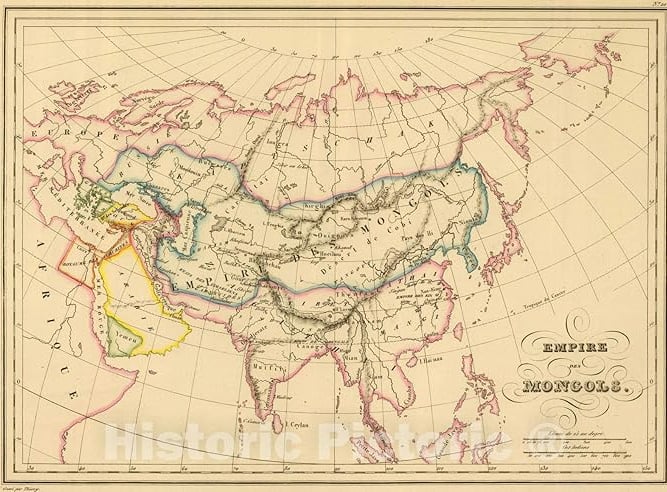The Rise and Fall of the Mongol Empire
Discover The Rise and Fall of the Mongol Empire in this insightful blog post. Learn how Genghis Khan's conquests transformed entire regions, the role of the Mongols in global trade, and how their cultural exchanges and technological advancements shaped history. Understand the factors that led to the empire’s rise and eventual decline, and how its influence can still be seen across Eurasia today.
HISTORICAL FIGURESDISCOVERIES AND INVENTIONSEMPIRES AND DYNASTIESEXPLORATIONHISTORIC EVENTSWARS AND BATTLES
Michael Keller
2/3/202514 min read
The Rise and Fall of the Mongol Empire
“I am the punishment of God. If you had not committed great sins, God would not have sent a punishment like me upon you.” – Genghis Khan [1]
The Mongol empire so vast that it spanned from the Sea of Japan to Eastern Europe, and even reaching parts of the Indian subcontinent. [2] This empire was such a colossal force, that it defined the 13th and 14th centuries. Let’s dive into the meteoric rise and eventual fall of this legendary empire, uncovering how it shaped the world and why it ultimately fragmented.
The Birth of an Empire
The Mongol Empire began as a unification of nomadic tribes under the leadership of Temüjin, who would later be known as Genghis Khan. In 1206, Temüjin was declared the ruler of all Mongols, a monumental moment that set the stage for an empire destined to stretch across Eurasia. Temüjin’s ascent was not merely a personal triumph but a pivotal transformation in Mongol society. From humble beginnings, he unified the fragmented Mongol tribes through a combination of political acumen, military prowess, and innovative strategies.
Temüjin's approach to leadership was both unconventional and revolutionary. Unlike his predecessors, he promoted individuals based on merit rather than noble birth, which not only streamlined the Mongol military hierarchy but also fostered loyalty and cohesion among his troops. This meritocratic system was instrumental in creating a highly disciplined and efficient fighting force, crucial for the empire’s expansion. The Mongol army, under Temüjin’s command, was known for its lightning-fast cavalry maneuvers and ingenious use of psychological warfare, which often left their enemies disoriented and defeated before a direct engagement.
Genghis Khan’s vision extended beyond mere conquest. He sought to integrate the many cultures and peoples within his expanding empire. The Pax Mongolica, (a period of stability, trade, and cultural prosperity in Eurasia during the 13th and 14th centuries), emerged as a direct result of this vision. [3] This time of peace and order across Eurasia allowed for the flourishing of trade along the Silk Road, linking markets from the Mediterranean to the Chinese coast. The movement of goods was accompanied by an exchange of technologies, ideas, and cultural practices, contributing to a rich tapestry of cross-cultural interaction.
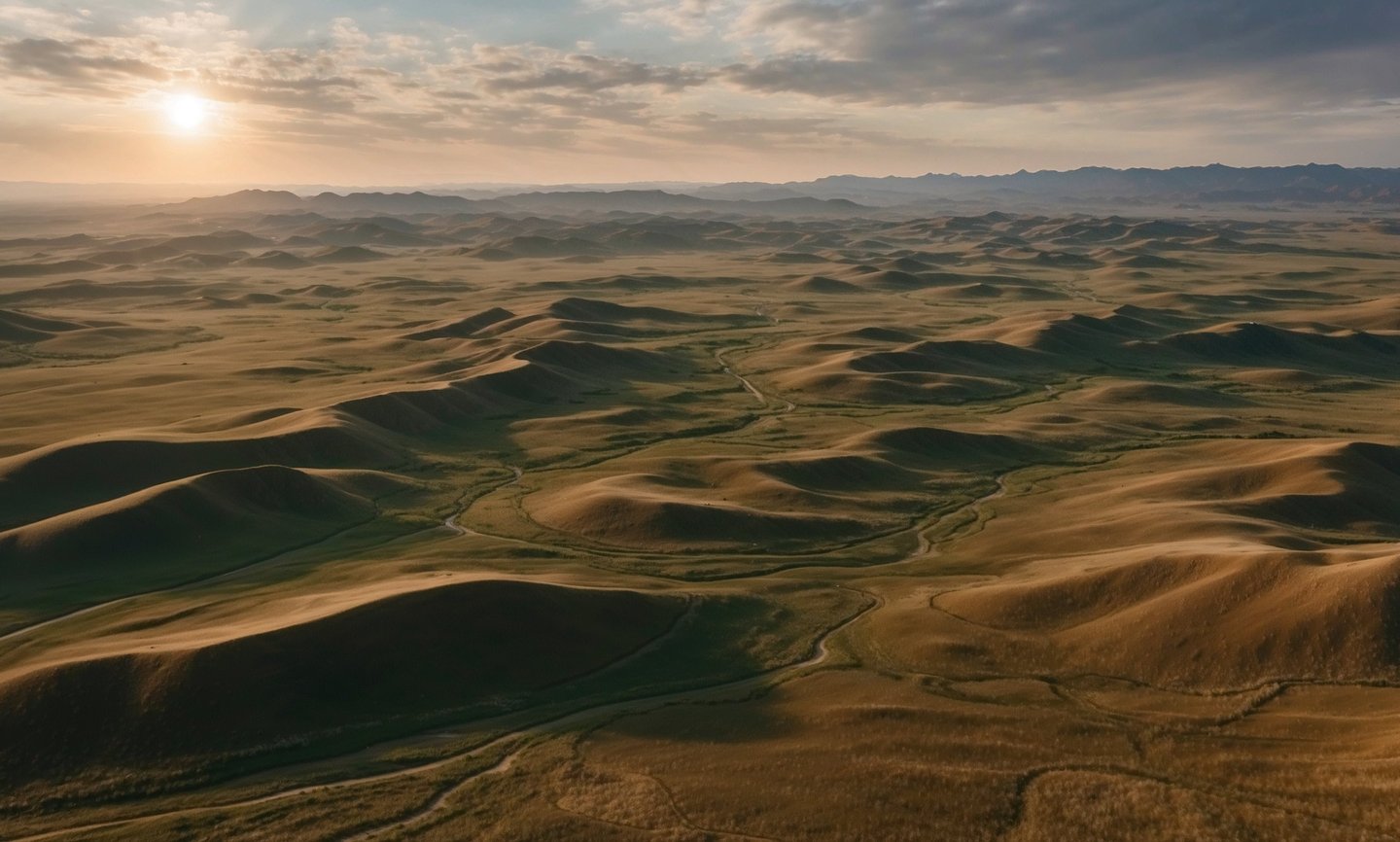

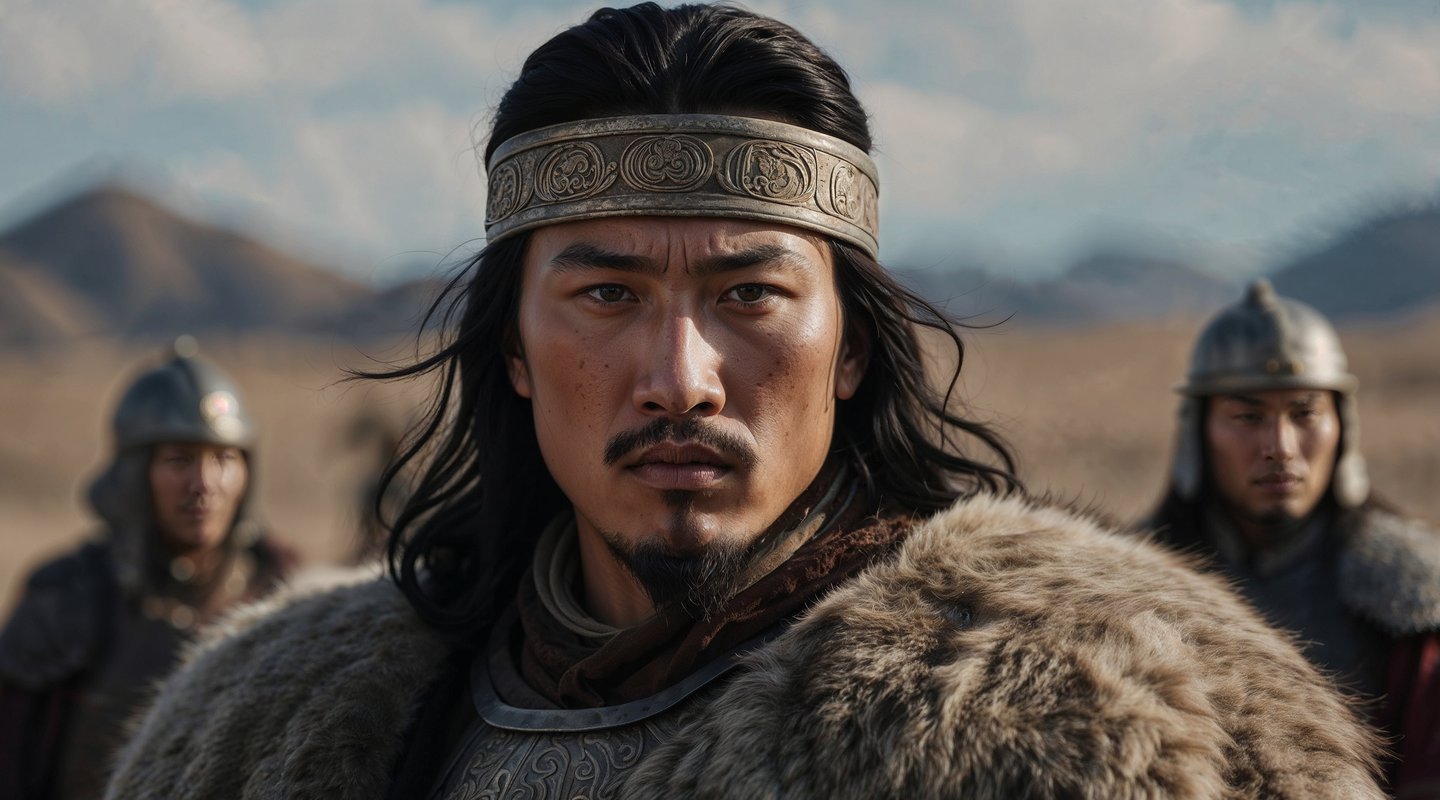

The administrative reforms introduced by Genghis Khan played a key role in managing this vast empire. He established a sophisticated communication system with mounted couriers, ensuring that orders and information were relayed swiftly across the empire. Additionally, Genghis Khan codified laws known as the Yassa, which helped to regulate Mongol society and maintain order. [4] This legal framework, combined with a network of loyal administrators, enabled the Mongol Empire to function effectively despite its immense size.
Temüjin's rise to power and the subsequent establishment of the Mongol Empire marked the beginning of a new era in world history. [5] His innovative strategies and visionary leadership set the foundation for a transcontinental empire that would profoundly influence the course of history. The interconnectedness of the Mongol Empire, along with its emphasis on cultural and economic exchange, paved the way for a period of unprecedented global interaction that would leave a lasting legacy on the world stage.
Conquest and Cultural Exchange
The Mongolian Empire’s influence stretches far beyond its historical conquests, leaving an imprint on the regions it once dominated. Its vast territorial reach and administrative innovations reshaped entire landscapes, creating both a profound impact and complex transformation.
The empire’s role in facilitating global trade and cultural exchange was one of its most significant contributions. Under Mongol rule, the Silk Road flourished as a conduit of commerce and communication, linking East and West in unprecedented ways. This interconnected network allowed for the exchange of goods, ideas, technologies, and cultural practices, fostering a period of vibrant cross-cultural interaction that spanned from the Pacific Ocean to the Mediterranean Sea. The Pax Mongolica, established a stable environment that enabled merchants, scholars, and artists to travel and exchange knowledge, leading to advancements in science, medicine, and the arts across Eurasia. [18]
Artistic and Technological Innovations:
Cartography and Mapping: The Mongol Empire contributed to the development of cartography by fostering increased geographical knowledge across Eurasia. One example of this is the Tabula Rogeriana, a detailed world map created by the Persian scholar al-Idrisi in 1154. While the map itself predates the peak of Mongol power, the Mongols' extensive territorial reach and their interactions with diverse cultures helped facilitate the exchange of geographical information. The Tabula Rogeriana is celebrated for its accuracy and detail, incorporating knowledge from various regions that was integrated through the Mongol Empire's expansive influence. This map reflects advancements in cartography that were made possible by the cross-cultural exchanges encouraged by the Mongol Empire’s reach across Eurasia. [19]
Similarly, Marco Polo’s travels provided detailed accounts that contributed to the development of maps in Europe. His descriptions of various regions, such as the vast steppes of Mongolia and the bustling trade cities along the Silk Road, were instrumental in shaping European cartographic knowledge. Polo's observations, later compiled into maps and writings, helped bridge the knowledge gap between the East and the West, illustrating the interconnectedness of the Mongol Empire’s vast domain. [20]
Gunpowder Technology: The Mongol conquests helped spread gunpowder technology from China to the Middle East and Europe. This transfer of technology was pivotal in the evolution of military tactics and warfare in the regions outside China. By the time the Mongols invaded the Middle East, they had already adopted and adapted gunpowder weaponry, which they then passed on to other regions. [21]
Paper Production: The Mongols facilitated the spread of papermaking techniques from China to the Islamic world and Europe. This innovation was critical for the development of literature and bureaucratic administration in these regions. The introduction of paper to the Islamic world led to the proliferation of written works and scholarly communication, influencing the Renaissance in Europe. [22]
Cultural Exchange and Artistic Flourishing: The Mongol Empire's patronage extended to the arts, leading to a synthesis of artistic traditions. The Yuan Dynasty in China, under Mongol rule, saw the flourishing of Chinese landscape painting and the development of new forms of ceramic art. The Mongols also patronized Persian and Central Asian artists, leading to a cross-fertilization of styles and techniques. For example, the Persian miniature paintings, which combined Mongol and Persian artistic elements, gained prominence during this period. [23]
Medical Knowledge: The Mongol Empire also facilitated the exchange of medical knowledge. The transfer of medical texts and practices from the Islamic world to China and vice versa led to significant advancements in medical understanding. The famous Persian physician Ibn Sina's works, which were translated into Chinese and other languages, contributed to the development of medicine in the regions under Mongol influence. [24]
In The Mongol Storm, the often-overlooked Mongol invasions of the Near East are brought into focus, revealing their profound impact on the medieval world. While the Crusades have long dominated discussions, author Nicholas Morton uncovers how the Mongols reshaped the region's geopolitics in just one generation, dismantling powers like the Byzantines and Seljuk Turks.
Their conquests not only altered the Near East but also fostered new connections across Eurasia, paving the way for emerging forces like the Ottomans. This book is a must-read for anyone seeking to understand how the Mongol invasions shifted the balance of power and transformed global history.
The Era of Conquest
Genghis Khan's reign was a whirlwind of military prowess and strategic brilliance that saw the Mongols sweep across Asia and into Europe, forging a transcontinental empire of unprecedented scale. Under his leadership, the Mongol armies, renowned for their mobility and tactical ingenuity, conquered vast swathes of territory, creating a realm that connected the Pacific to the Mediterranean. This expansion was not just about territorial gain but also about establishing a dominant presence across many regions, influencing the political, economic, and cultural landscapes of Eurasia.
Genghis Khan's vision of a unified Mongol Empire was carried forward by his descendants with remarkable success. His son, Ögedei Khan, played a crucial role in consolidating the Mongol conquests and extending the empire's reach even further. Ögedei's reign was characterized by relentless military campaigns and a strategic focus on consolidating the newly acquired territories. [6] His administrative reforms helped to stabilize and integrate the vast regions under Mongol control, reinforcing the empire’s hold over its diverse populations. During Ögedei's rule, the Mongol Empire's borders expanded into Eastern Europe, with the armies reaching as far west as the Carpathian Mountains. This period of consolidation was pivotal in securing the empire's dominance and laying the groundwork for future expansion.
The Seeds of Division
The Mongol Empire’s internal strife was as formidable as its external conquests. Genghis Khan's death in 1227 left a power vacuum that ignited a fierce struggle among his descendants, who were entrusted with different segments of the sprawling empire. [7] The initial period of turmoil saw the Mongol Empire split into competing factions, each claiming legitimacy and control. This fragmentation was exacerbated by the lack of a clear succession plan, leading to deep-seated rivalries and frequent clashes.
As the empire was divided among Genghis Khan's sons and grandsons, the Toluids, descendants of his son Tolui, eventually gained dominance. They orchestrated a brutal purge of their rivals, notably targeting the Ögedeid and Chagatayid factions. This consolidation of power, while securing the Toluids' position, did not eradicate dissent. [8] The Toluids themselves were plagued by internal discord, particularly between Kublai Khan and his brother Ariq Böke, who were both Genghis Khan’s grandsons.
The Toluid Civil War (1260–1264) became a dramatic battleground where the two brothers vied for supremacy. [9] Kublai Khan, with his strategic acumen and political maneuvering, ultimately emerged victorious. However, this victory came at a cost. The protracted conflict weakened the central authority of the Mongol Empire, as the relentless internal battles sapped resources and undermined stability.
This internal strife had profound effects on the everyday lives of people within the empire. The constant power struggles and shifting alliances led to widespread uncertainty and instability. In regions caught in the crossfire, local populations experienced disruptions in trade and governance, and their daily lives were often marked by shortages of resources and heightened insecurity. The internal conflicts also led to the imposition of harsh measures and heavy taxation to support the warring factions, further straining the lives of ordinary citizens.
As the Mongol Empire continued to evolve, it was Kublai Khan who orchestrated one of the most significant transformations in Mongol history. Kublai Khan’s ascension to power marked a shift from the nomadic traditions of his forebears to a more settled, sophisticated existence. [10] His reign was a defining moment in the empire’s history as he established the Yuan Dynasty in China. This transition was marked by Kublai’s efforts to integrate Mongol rule with Chinese administrative practices and cultural norms, creating a unique fusion of Mongolian and Chinese traditions.
Kublai Khan's court became a vibrant center of cultural and intellectual exchange, attracting scholars, artists, and diplomats from across the known world. [11] Under his patronage, the empire embraced various aspects of Chinese culture, including art, literature, and governance, while also maintaining its Mongolian roots. This period saw the flourishing of cross-cultural interactions that enriched the empire's cultural landscape and facilitated the exchange of ideas and innovations between the East and the West.
The era of Kublai Khan's rule not only marked the peak of Mongol influence but also set the stage for a more integrated and cosmopolitan empire. The blend of Mongolian and Chinese traditions during his reign exemplified the dynamic nature of Mongol governance and its ability to adapt and incorporate various cultural elements.
The Fall of the Great Empire
As the Mongol Empire approached the end of the 13th century, its once-unified might began to crumble under the weight of internal divisions and external pressures. By the time of Kublai Khan’s death in 1294, the vast empire had disintegrated into four distinct khanates, each with its own political agenda and territorial ambitions. This fragmentation marked the beginning of the end for what was once the largest contiguous empire in history.
The first of these khanates to falter was the Ilkhanate, which held sway over Persia and the surrounding regions. The Ilkhanate began to unravel between 1335 and 1353, weakened by succession disputes, economic difficulties, and internal strife. [12] The collapse of central authority led to significant changes in local governance. Regional leaders, previously under Ilkhanate control, gained increased autonomy and began to establish their own governance structures. For instance, the rise of the Safavid dynasty in Persia, which emerged from the fragmented remnants of the Ilkhanate, introduced Shia Islam as a state religion, drastically altering the religious landscape of the region and setting the stage for future religious and cultural developments.
In China, the Yuan Dynasty established by Kublai Khan faced its own set of challenges. Despite early successes and significant achievements in administration and culture, the Yuan Dynasty struggled with corruption, administrative inefficiencies, and growing dissatisfaction among the Chinese populace. [13] The Yuan’s fall led to the Ming Dynasty's rise, which undertook significant reforms. The Ming Dynasty not only restored Han Chinese traditions but also revitalized Confucian principles in governance, impacting local administration and cultural practices throughout China. The Ming era saw the construction of the iconic Ming Dynasty Great Wall and the flourishing of traditional Chinese art and literature, a stark contrast to the Yuan’s more Mongolian-influenced rule. [14]
In Mongolia, the remnants of the Yuan Dynasty evolved into what is known in historiography as the Northern Yuan Dynasty. This entity persisted as a marginal power, holding onto control of the Mongolian Plateau until its eventual subjugation by the Qing Dynasty in the 1630s. [15] During this period, the Northern Yuan faced considerable internal fragmentation, with various factions vying for control. This fragmentation led to a weakening of central authority and made it difficult for the Northern Yuan to exert influence over its former territories. Local Mongol tribes regained some independence, and traditional nomadic lifestyles were reinvigorated, while the broader political unity once provided by the Mongol Empire waned.
The Golden Horde, which had dominated the northwestern steppes and Eastern Europe, also faced fragmentation. By the end of the 15th century, it had splintered into several competing khanates, such as the Crimean Khanate and the Kazan Khanate. The decline of the Golden Horde's influence in Eastern Europe had tangible impacts on local governance and culture. [16] For example, the rise of the Crimean Khanate led to the establishment of a new center of power in the region, which influenced trade routes and cultural exchanges between Eastern Europe and the Ottoman Empire. The decline of Kazan Khanate, on the other hand, led to the forced assimilation of local Tatar populations and the spread of Russian influence in the Volga region.
Similarly, the Chagatai Khanate, which controlled Central Asia, experienced a prolonged decline. Though it managed to endure in various forms, it was ultimately absorbed into surrounding empires. The Chagatai region saw significant cultural and political shifts as local states, such as the Timurids, emerged and absorbed Chagatai territories. This period saw a flourishing of Persianate culture and the spread of Timur’s influence, which reshaped the political and cultural landscape of Central Asia. [17]
The fall of these khanates signified the end of Mongol hegemony over Eurasia. The once-unified empire, which had stretched from the Pacific Ocean to the Mediterranean Sea, had fragmented into a mosaic of independent states, each vying for control of its own destiny. The Mongol Empire continued to resonate through its impact on trade, culture, and geopolitics long after its political dominance had faded.
As we reflect on the sweeping rise and eventual fragmentation of such a powerful empire, it reminds us of the broader implications of building an empire. How do you view the impact of the Mongolian Empire on today’s world? What lessons can we draw from its remarkable journey and its influence on global history?
Share your thoughts with us. For feedback or inquiries, email: contact@archivinghistory.com. We look forward to hearing from you!
Join Archiving History as we journey through time! Want to stay-tuned for our next thrilling post? Subscribe!
Follow us on Facebook, Instagram, YouTube and TikTok for captivating insights, engaging content, and a deeper dive into the fascinating world of history.
Source(s):
1. Juvaini, 'Ala-ad-Din 'Ata-Malik. The History of the World Conqueror. Translated by J.A. Boyle. Cambridge, MA: Harvard University Press, 1958.Statements and Facts Requiring Citation:
2. Man, John. Genghis Khan: Life, Death, and Resurrection. New York: St. Martin’s Press, 2004.ongol World would be appropriate for this geographical claim.
3. Weatherford, Jack. Genghis Khan and the Making of the Modern World. New York: Crown Publishing, 2004.
4. Morgan, David. The Mongols. Oxford: Blackwell, 1990.
5. Ratchnevsky, Paul. Genghis Khan: His Life and Legacy. Translated by Thomas Nivison Haining. Oxford: Blackwell, 1991.
6. Broadbridge, Anne F. Women and the Making of the Mongol Empire. Cambridge: Cambridge University Press, 2018.The Seeds of Division
7. Rossabi, Morris. The Mongols and Global History. New York: W.W. Norton & Company, 2010.
8. May, Timothy. The Mongol Conquests in World History. London: Reaktion Books, 2012.
9. Atwood, Christopher P. Encyclopedia of Mongolia and the Mongol Empire. New York: Facts on File, 2004.
10. Rossabi, Morris. Khubilai Khan: His Life and Times. Berkeley: University of California Press, 1988.
11. Weatherford, Jack. Genghis Khan and the Making of the Modern World. New York: Crown, 2004.
12. Morgan, David. The Mongols. 2nd ed. Malden, MA: Blackwell Publishing, 2007.
13. Dardess, John W. Conquerors and Confucians: Aspects of Political Change in Late Yuan China. New York: Columbia University Press, 1973.
14. Twitchett, Denis, and Frederick W. Mote, eds. The Cambridge History of China, Volume 8: The Ming Dynasty, 1368–1644, Part 2. Cambridge: Cambridge University Press, 1998.
15. Biran, Michal. The Empire of the Qara Khitai in Eurasian History: Between China and the Islamic World. Cambridge: Cambridge University Press, 2005.
16. Halperin, Charles J. Russia and the Golden Horde: The Mongol Impact on Medieval Russian History. Bloomington: Indiana University Press, 1985.
17. Manz, Beatrice Forbes. The Rise and Rule of Tamerlane. Cambridge: Cambridge University Press, 1989.
18. Weatherford, Jack. Genghis Khan and the Making of the Modern World. New York: Crown, 2004.
19. Harley, J.B., and David Woodward, eds. The History of Cartography, Volume Two: Book One: Cartography in the Traditional Islamic and South Asian Societies. Chicago: University of Chicago Press, 1992.
20. Polo, Marco. The Travels of Marco Polo. Translated by Henry Yule. London: Penguin Classics, 2007.
21. Andrade, Tonio. The Gunpowder Age: China, Military Innovation, and the Rise of the West in World History. Princeton: Princeton University Press, 2016.
22. Bloom, Jonathan M. Paper Before Print: The History and Impact of Paper in the Islamic World. New Haven: Yale University Press, 2001.
23. Blair, Sheila S. The Art and Architecture of Islam, 1250-1800. New Haven: Yale University Press, 1994.
24. The Mongol Empire and the Spread of Medicine by Michael R. D. McCulloch, published in The Journal of the History of Medicine and Allied Sciences.
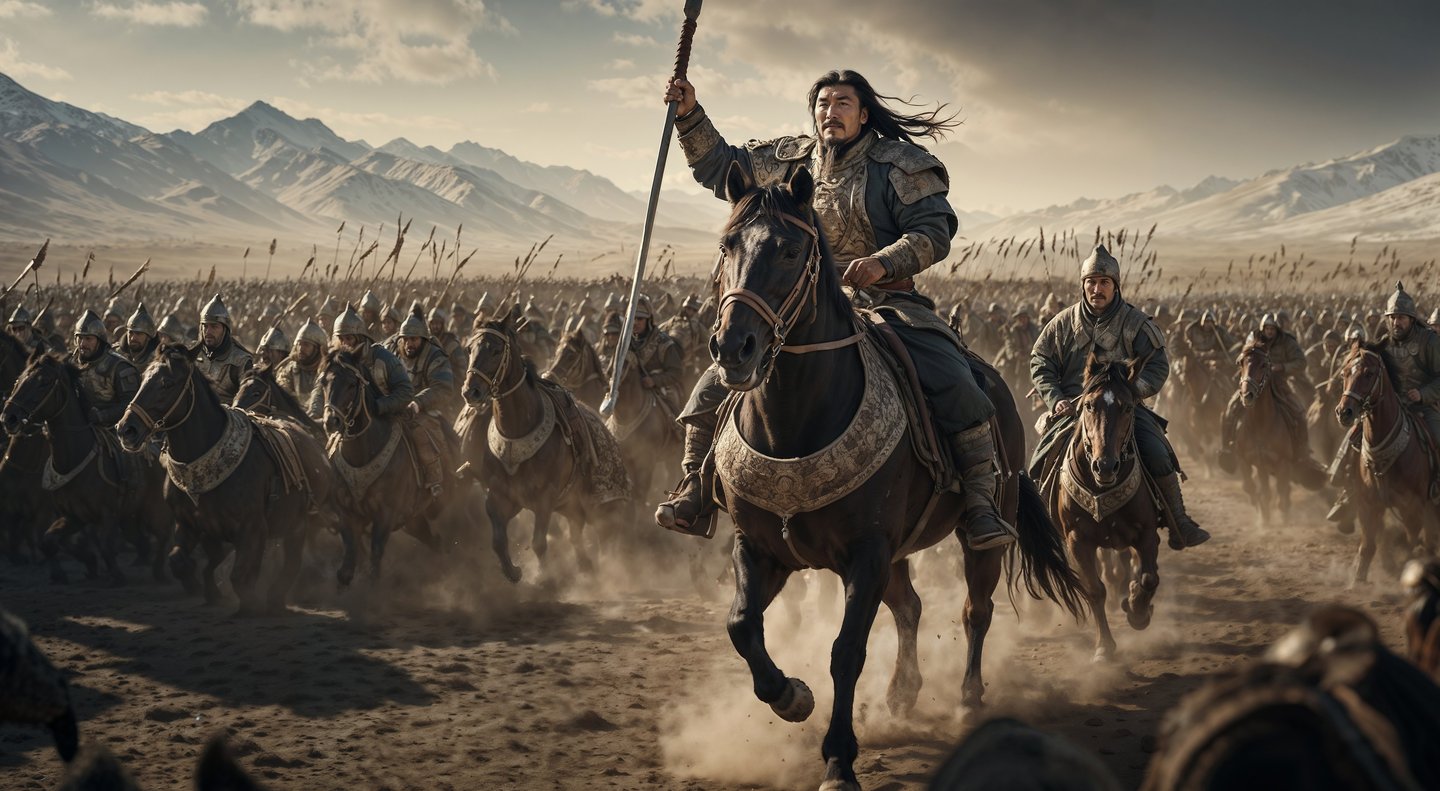

Vintage Wall Art : 61in x 44in
In The Mongol Storm, the often-overlooked Mongol invasions of the Near East are brought into focus, revealing their profound impact on the medieval world. While the Crusades have long dominated discussions, author Nicholas Morton uncovers how the Mongols reshaped the region's geopolitics in just one generation, dismantling powers like the Byzantines and Seljuk Turks.
Their conquests not only altered the Near East but also fostered new connections across Eurasia, paving the way for emerging forces like the Ottomans. This book is a must-read for anyone seeking to understand how the Mongol invasions shifted the balance of power and transformed global history.
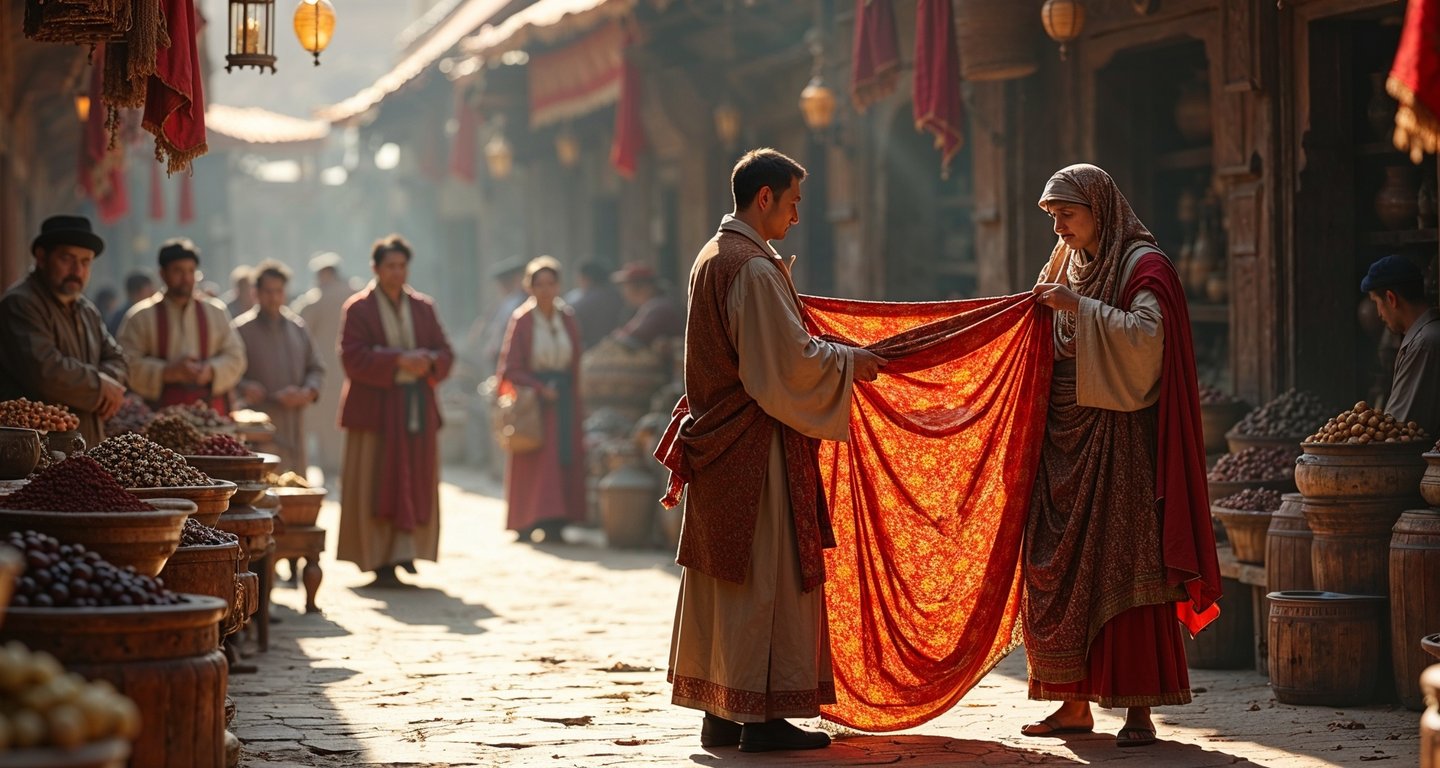

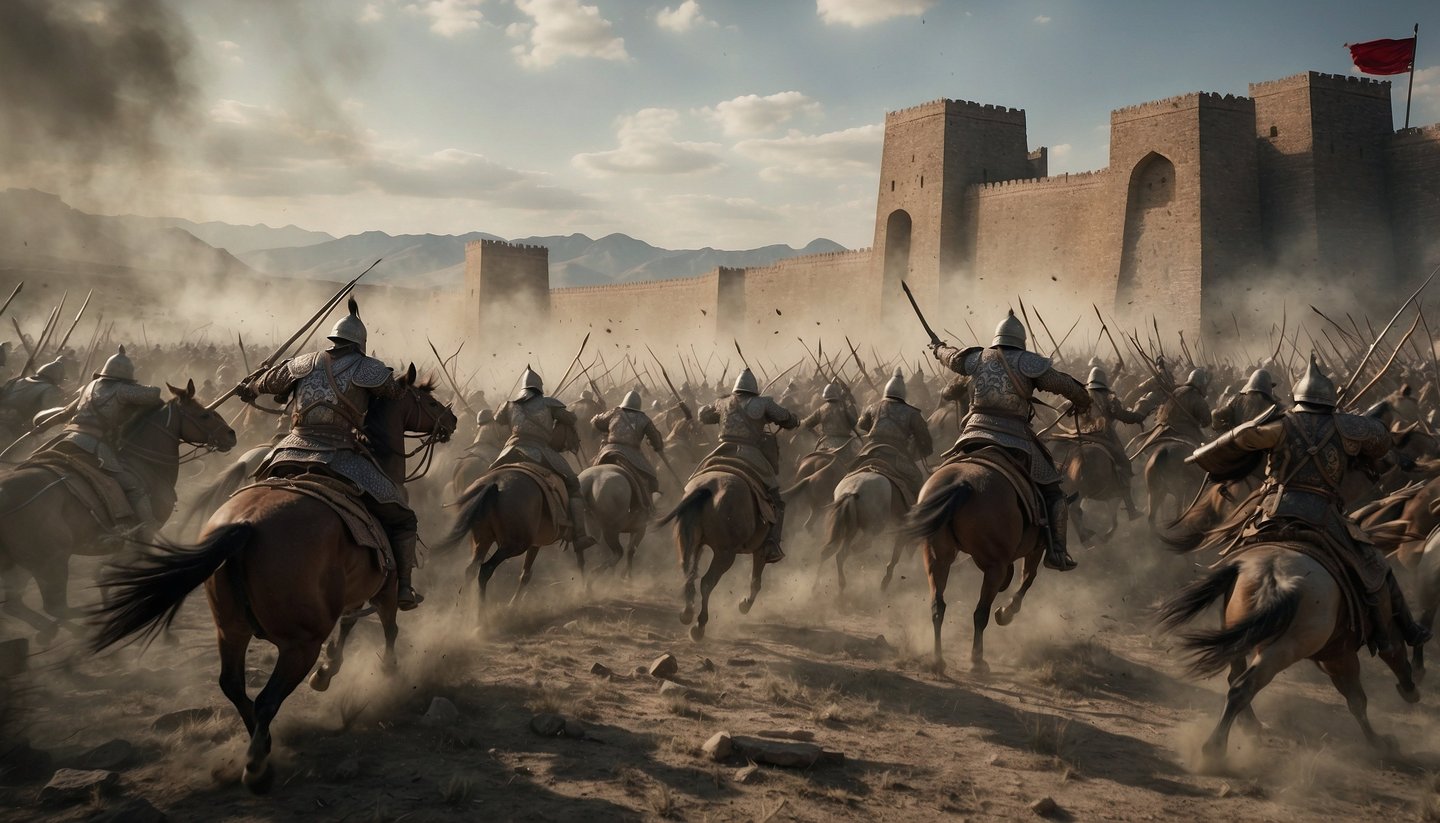

Genghis Khan’s proclamation as "the punishment of God" encapsulates the empire’s dual role as both a harbinger of destruction and a catalyst for innovation. While the Mongols were known for their formidable military conquests and the devastation they wrought, their governance also introduced new administrative techniques and promoted a more efficient system of taxation and communication. This blend of devastation and development created a transformative impact on the regions under Mongol control, influencing subsequent empires and civilizations.
The story of the Mongolian Empire offers invaluable insights into the nature of power, unity, and cultural integration. Its dramatic rise, expansive reach, and eventual fragmentation reflect the challenges of empire-building and the dynamic forces that shape civilizations. The empire’s enduring influence on global trade, culture, and administrative practices highlights how even the most formidable empires leave a lasting imprint on the world.





